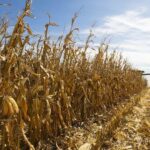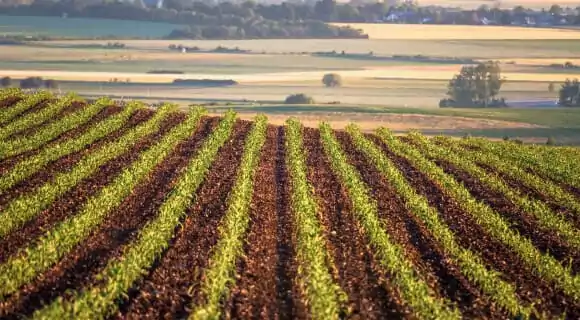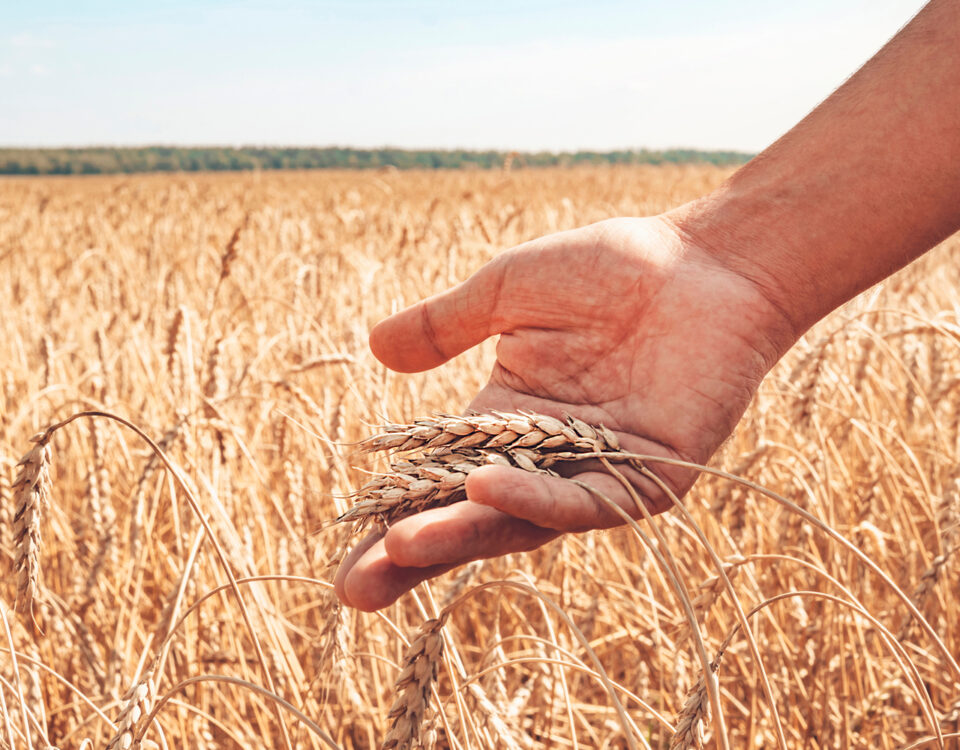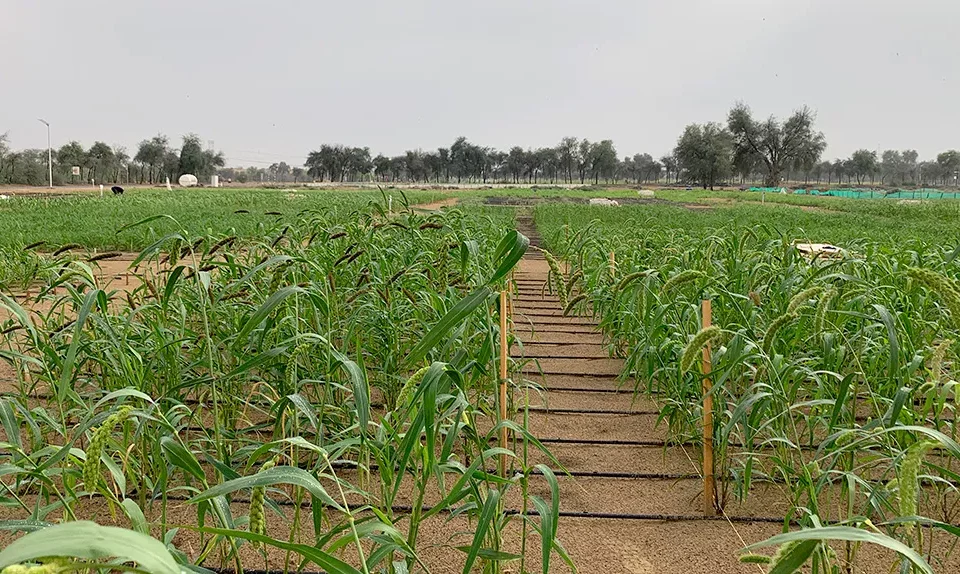
New Bluetongue Case Impact on Isle of Man’s Livestock Policy
September 1, 2024
How to Cultivate Joher Crops for High-Quality Harvests
September 2, 2024Understanding the Importance of Fertilization for Grounded Crops
Fertilization is a crucial aspect of crop management that directly impacts the yield and quality of the harvest. Grounded crops, which grow directly in the soil, rely heavily on the nutrients available in their environment. However, soil nutrients can deplete over time due to continuous farming, making fertilization essential. The right type of fertilizer, applied in appropriate amounts, ensures that crops receive the necessary nutrients to thrive. Proper fertilization also helps in maintaining soil health, improving plant resistance to diseases, and enhancing the overall productivity of the land. Without adequate fertilization, crops may suffer from stunted growth, poor yields, and increased susceptibility to pests and diseases, which can significantly impact a farmer’s income.
Selecting the Right Fertilizer for Grounded Crops
Choosing the right fertilizer is the first step in ensuring maximum yield from grounded crops. Fertilizers come in various forms, including organic, inorganic, liquid, and granular, each with its own benefits and drawbacks. Organic fertilizers, such as compost and manure, are rich in natural nutrients and improve soil structure, but they may release nutrients slowly. In contrast, inorganic fertilizers, such as urea and NPK (Nitrogen, Phosphorus, Potassium) fertilizers, provide immediate nutrient availability but can sometimes lead to soil degradation if not used properly. The choice of fertilizer should be based on soil testing results, the specific nutrient requirements of the crops, and the farming practices in place. Tailoring the fertilizer application to the needs of the soil and crops can lead to more effective nutrient uptake and higher yields.
Timing Fertilizer Application for Optimal Results
The timing of fertilizer application plays a vital role in maximizing crop yield. Applying fertilizers at the correct growth stages ensures that crops have access to essential nutrients when they need them the most. For most grounded crops, the primary stages to consider for fertilization are pre-planting, early growth, and flowering. Pre-planting fertilization helps prepare the soil, providing a nutrient-rich environment for seeds to germinate. Early growth fertilization supports the development of strong roots and stems, which are critical for nutrient absorption. Lastly, applying fertilizer during the flowering stage can boost the production of fruits or grains. It is also essential to consider the weather conditions when planning fertilizer application, as excessive rain or drought can affect nutrient availability and uptake.
Proper Techniques for Applying Fertilizer to Grounded Crops
Applying fertilizer correctly is as important as selecting the right type and timing. There are several techniques for fertilizing grounded crops, including broadcasting, side-dressing, and foliar feeding. Broadcasting involves spreading fertilizer evenly across the field, which is suitable for large areas but may lead to nutrient wastage. Side-dressing is more targeted, applying fertilizer alongside the plant rows, ensuring that nutrients are available where the roots can easily access them. Foliar feeding, where nutrients are sprayed directly onto the leaves, provides a quick nutrient boost but is usually supplemental. It is crucial to follow recommended application rates and techniques to avoid over-fertilization, which can harm the crops and degrade the soil. Precision in application can lead to more efficient use of fertilizers and better crop yields.
Monitoring Crop Response to Fertilization
Continuous monitoring of crop response to fertilization is necessary to ensure that the applied nutrients are effectively supporting crop growth. Farmers should regularly check for signs of nutrient deficiencies, such as yellowing leaves (indicating nitrogen deficiency) or stunted growth (which may signal phosphorus deficiency). Soil testing can also be repeated during the growing season to assess nutrient levels and adjust fertilization practices accordingly. Monitoring also involves observing the overall health of the crops, including their resistance to pests and diseases. If the crops are not responding well to fertilization, it may be necessary to reassess the type, amount, or timing of fertilizer application. By closely monitoring crop response, farmers can make informed decisions that enhance crop yield and maintain soil health.
Sustainable Fertilization Practices for Long-Term Productivity
While maximizing crop yield is the primary goal, it is equally important to adopt sustainable fertilization practices to ensure long-term productivity. Over-reliance on chemical fertilizers can lead to soil degradation, water pollution, and reduced biodiversity. Incorporating organic fertilizers, practicing crop rotation, and using cover crops can help maintain soil fertility and reduce the need for synthetic inputs. Additionally, precision agriculture techniques, such as GPS-guided fertilizer application, can minimize nutrient wastage and environmental impact. By balancing the immediate needs of the crops with the long-term health of the soil, farmers can achieve sustainable yields and contribute to the overall resilience of their farming systems. Sustainable fertilization not only supports current crop production but also ensures that the land remains productive for future generations.
to read more agriculture related blogs on the website Click here.
The topic for writing this blog has been taken from the post of a farmer from the Sindh Abadgar Board Facebook page.





